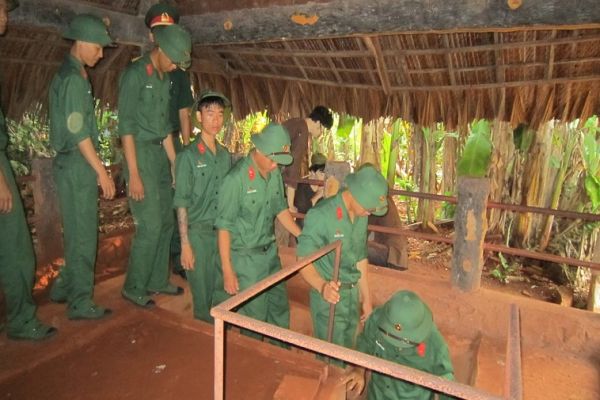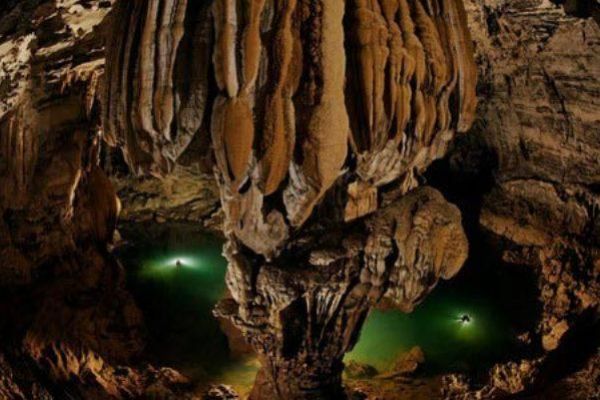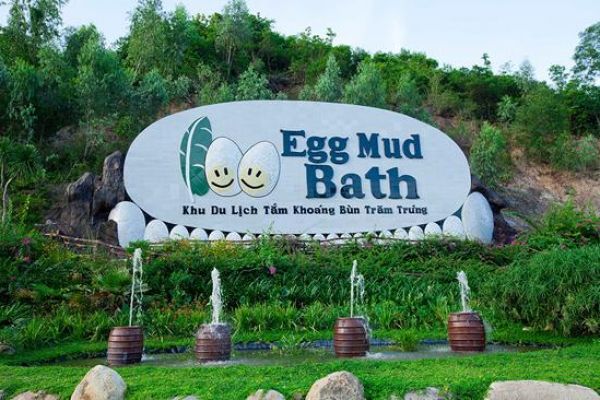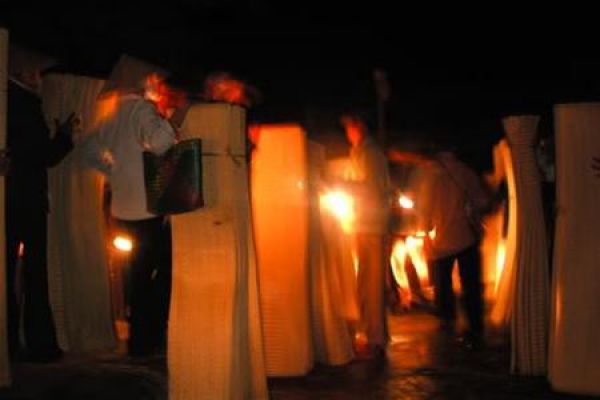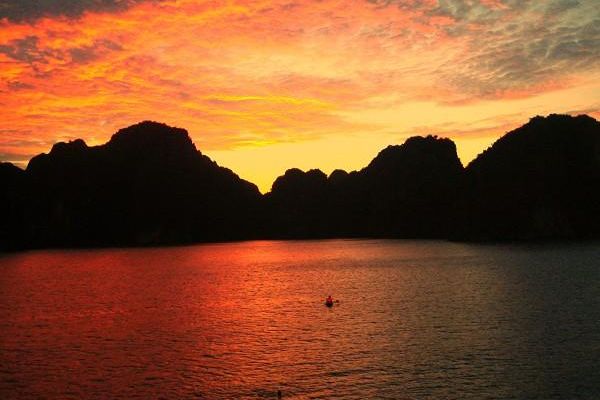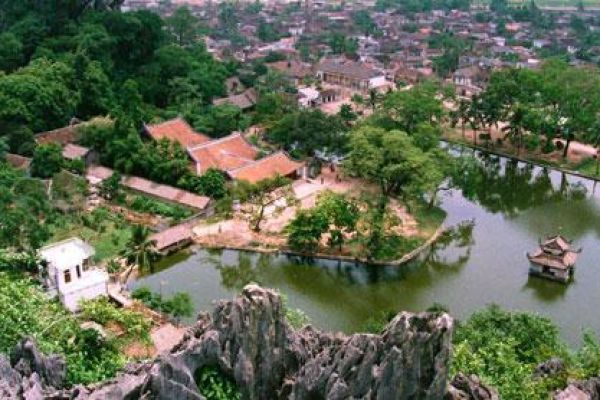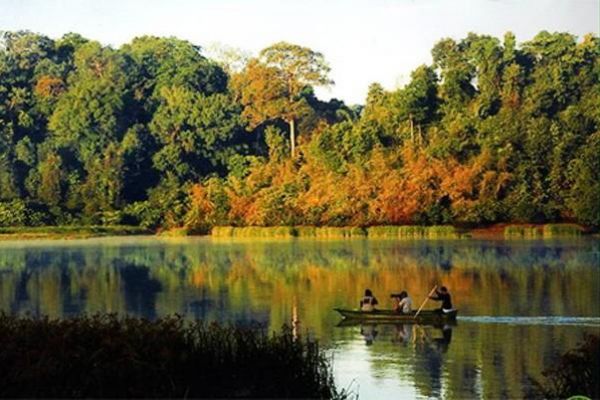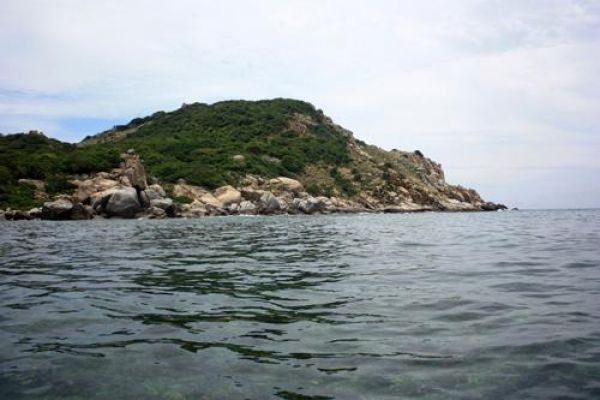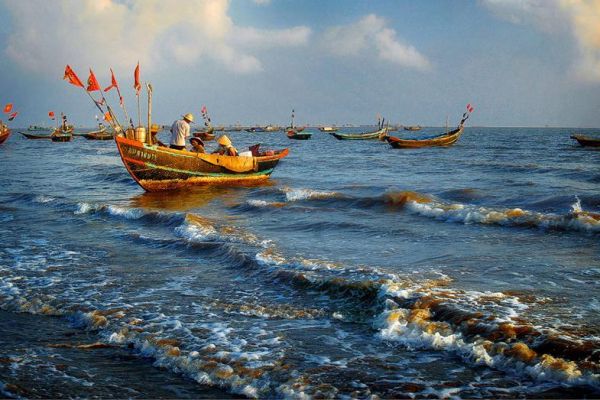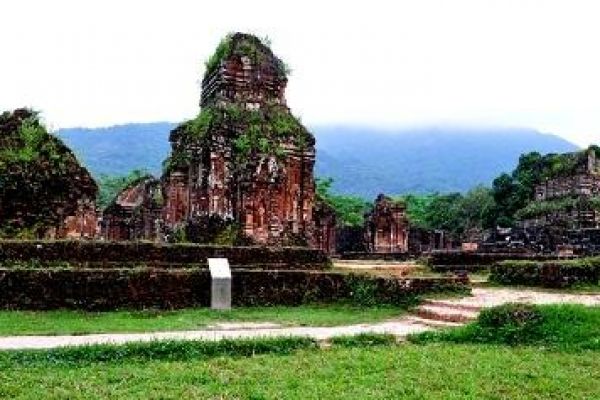The temple is located in ward 2, Vinh Chau town, being 40 kilometers from the center of Soc Trang city.
Built in 1576, the temple has an area of 22,230 square meters. The overall architecture includes a sanctum, sala, houses for monks, a school used to teach Khmer language, and a crematoria, etc. Up to now, there were 10 abbots managing the temple, one of them is the monk Lekkhanathe who managed the temple in 52 years.
The gate of Seray Cro Sang temple is an archiecture made of dark red concrete. There are two pillars under the gate in order to propping for the roof. The vault of the temple includes three towers embossed with Khmer floral motifs. The name of the temple is wrote in Khmer language in the vault.
The sanctum faces east. According to Khmer people’s view, Buddha is in the west and faces east to bless for people so the temple has to face east to be suitable with the direction of worship Thich Ca Buddha in the sanctum.
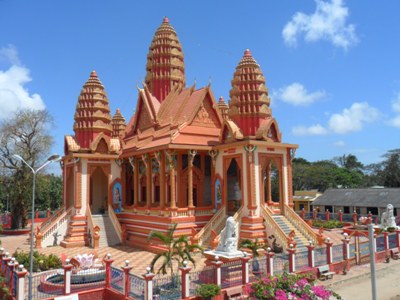
The sanctum of Seray Cro Sang was rebuilt in 2005 as the monk Ly Thi managed the temple.
The structure of the sanctum’s roof is very special, including five towers. Each is 5 meters in height and 3 meters in width. In particular, the central tower is 7 meters in height and 5 meters in width. the roof is decorated with images of stylized dragons in Khmer culture.
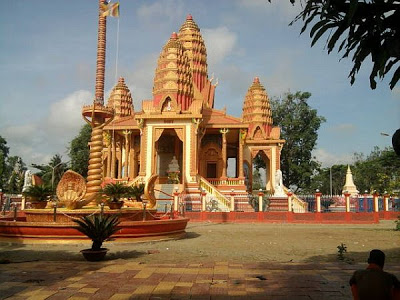
Inside the sanctum, there is a large space to worship Thich Ca Buddha and many other Buddha statues. Each statue reflects an important event in Buddha’s life. The walls in the sanctum are decorated with images of Buddha’s life.
Seray Cro Sang temple is a religious work of art. Its aesthetic value features traditional Khmer culture in general and Soc Trang culture in particular.
The temple is both a educational and cultural center of Khmer people and a place for cultural life of the local people community.
During the wartime, especially the American war, Seray Cro Sang temple was an army base for revolutionary soldiers, as well as a spreadhead for struggles of Khmer people.
In May 12, 2004, Seray Cro Sang was recognized as a provincial historic relic, contributing to promote historical value of the province.
Source: Dulichvn
Translated by Nguyen Quynh

